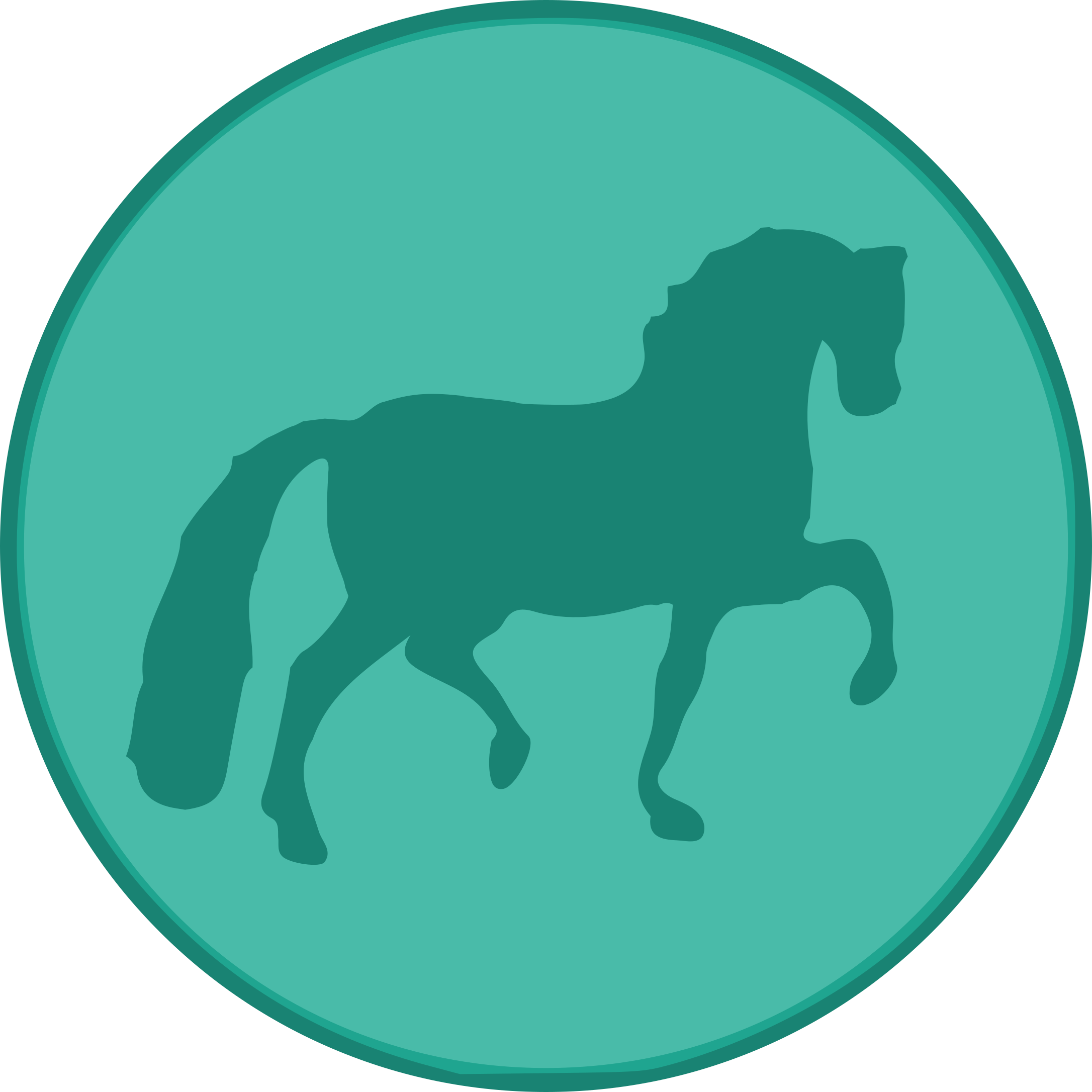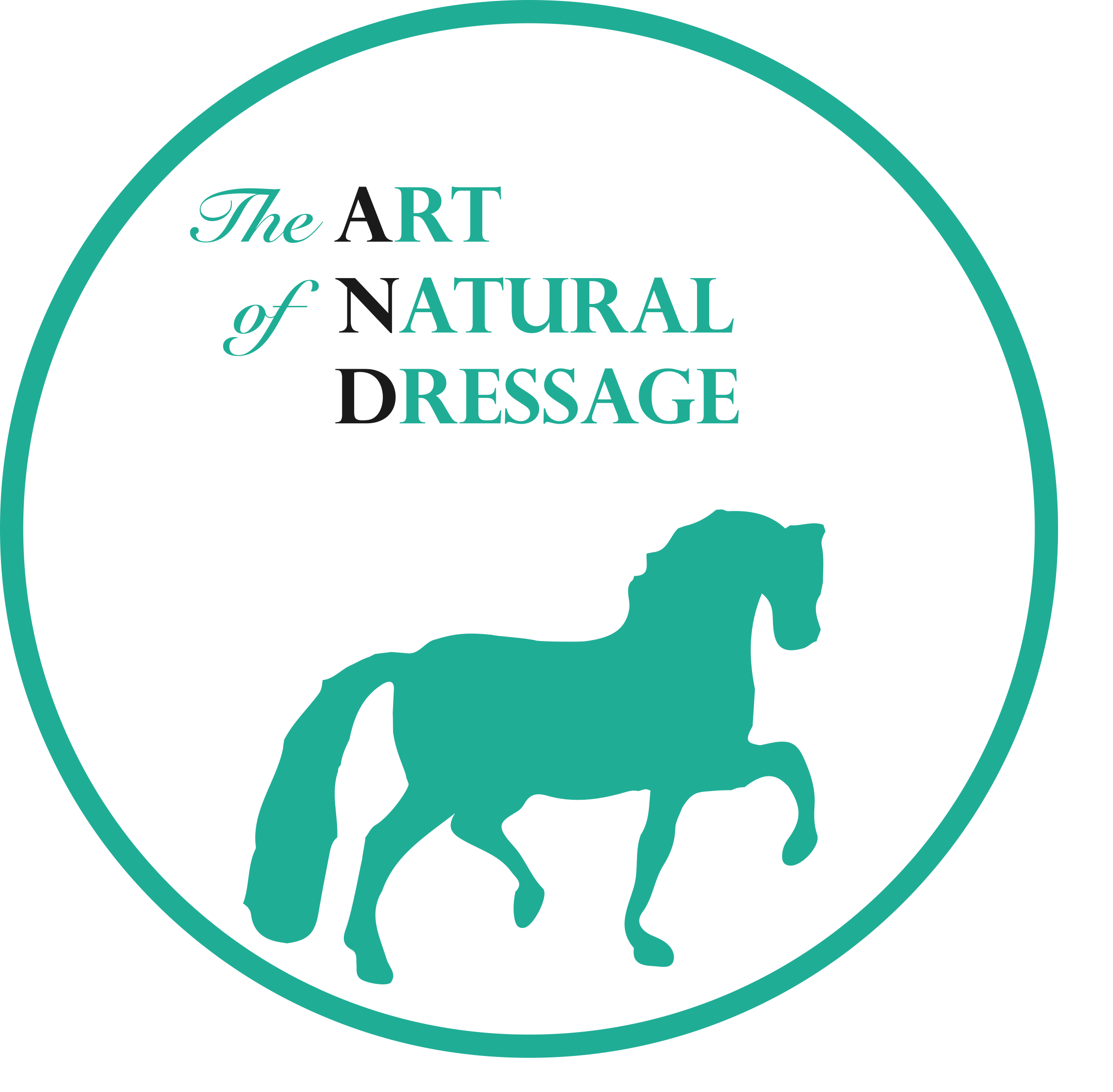Overview
This document explores the use of role-playing games as a way to interact with horses in a fun, engaging, and meaningful way. Instead of traditional training exercises, the approach mimics real-world scenarios, allowing horses to participate in imaginative activities that foster natural communication and cooperation.
Key Concepts
• Purpose-Driven Play: The goal is not to achieve a specific result (such as training a skill) but to fully engage in the activity itself.
• Flexibility & Adaptability: Tasks are structured but not rigid, allowing horses to influence the game.
• Natural Communication: Horses are treated as equal participants rather than passive subjects.
• Defined Roles: Humans and horses assume different roles based on the scenario, encouraging deeper interaction.
Examples of Role-Playing with Horses
• A horse playing “Super Nelly,” tasked with collecting treasures for a prince.
• A horse acting as a school student receiving lessons.
• Horses engaging in imaginative scenarios like getting married, searching for gold, or serving as royal subjects.
• A horse named Nathan being called “Inspector Barnaby” during walks, turning his pauses into part of an investigative role.
Takeaway
By shifting focus away from traditional training and towards shared play, horses become more engaged, responsive, and willing participants. Role-playing encourages creativity, enhances relationships, and removes the pressure of rigid expectations.

